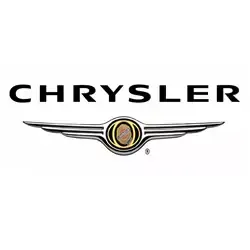Chrysler Crossfire Tire Pressure
Most common recommended tire pressure for Chrysler Crossfire can range from 32 psi to 36 psi depending on year of production, trim and OEM tire size, but it maybe different for older models. It is imperative to confirm the exact tire inflation for your Chrysler Crossfire to ensure safety on the road. Always refer to your vehicle owner's manual for the correct tire pressure designated by vehicle's manufacturer.
Select your Chrysler Crossfire production year to see its recommended tire inflation.
| Model Year | Front Tires | Rear Tires |
|---|---|---|
| 2008 Chrysler Crossfire | 32 psi | 33 psi |
| 2007 Chrysler Crossfire | 32 psi | 33 psi |
| 2006 Chrysler Crossfire | 32 - 36 psi | 33 - 36 psi |
| 2005 Chrysler Crossfire | 32 - 36 psi | 33 - 36 psi |
Recommended Tire Pressure for Chrysler Crossfire
Maintaining the recommended tire pressure for the Chrysler Crossfire is crucial for several reasons that directly impact safety, performance, and economic factors. Firstly, the correct tire pressure ensures that the vehicle maintains optimal contact with the road, enhancing handling and stability, particularly at higher speeds or during sharp maneuvers, thereby significantly improving driver safety. Secondly, tires inflated to the manufacturer's recommended levels are less prone to excessive wear and premature failure; this uniform wear not only extends the life of the tires but also preserves the alignment of the vehicle, reducing the need for frequent and costly tire replacements and alignments. Additionally, proper tire pressure is essential for maximizing fuel efficiency. Under-inflated tires increase rolling resistance, which means the engine must work harder to move the vehicle, leading to higher fuel consumption. Thus, for Chrysler Crossfire owners, adhering to the recommended tire pressure is an easily overlooked but fundamental aspect of vehicle maintenance that promotes safety, enhances driving performance, and contributes to the overall reduction of operating costs.

All listed guides, data and/or calculations are for informational purposes only. TirePressure.com does not warrant or make any representations regarding the accuracy of or the results of the use of this information. Always refer to vehicle owner's manual for the correct tire pressure configuration.